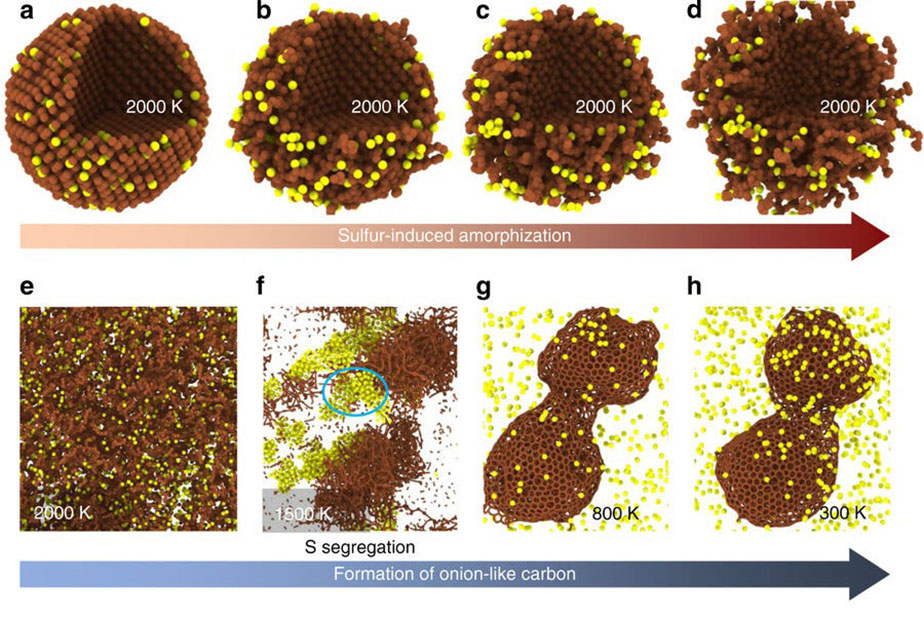
Reducing Friction with an Onion-Like Carbon Material
Researchers developed a new self-generating lubricant with great potential for industrial applications.

Researchers developed a new self-generating lubricant with great potential for industrial applications.
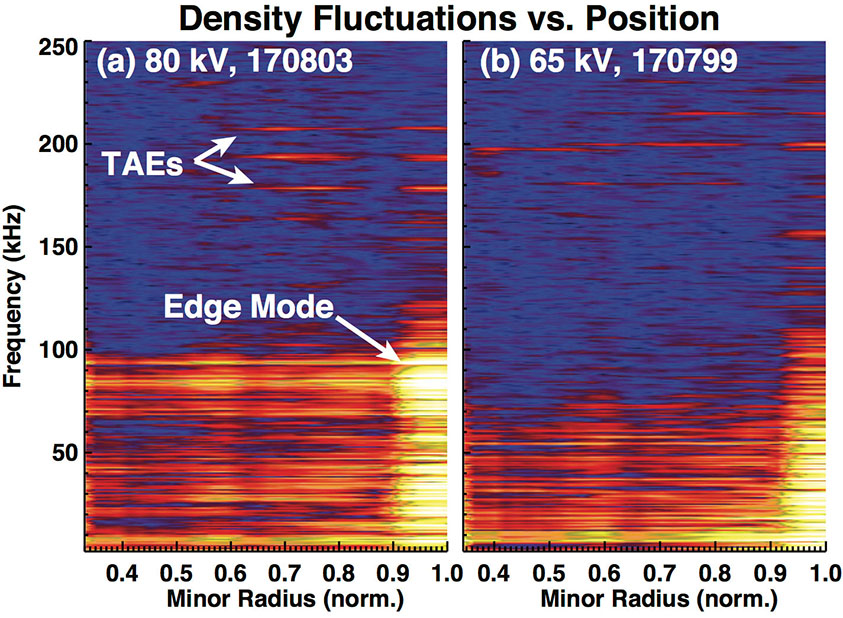
Enabling beams to respond to plasma conditions in real time allows scientists to avoid instabilities and raise performance.
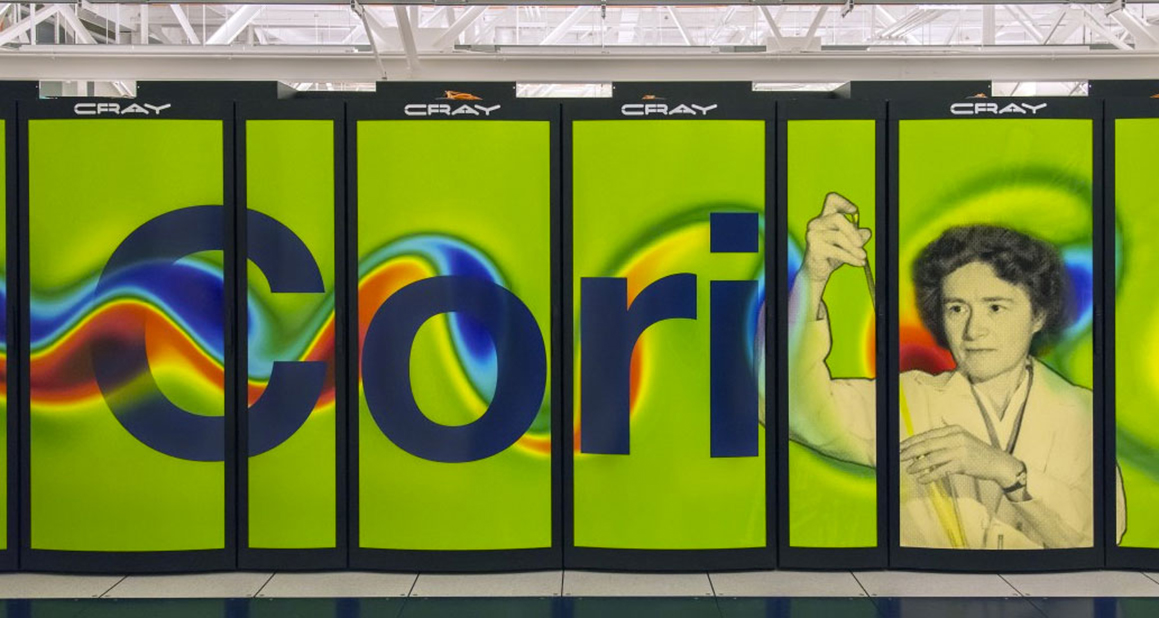
Collaboration powers machine learning software that performs data analytics on petabyte-sized data sets in series of successful test runs.
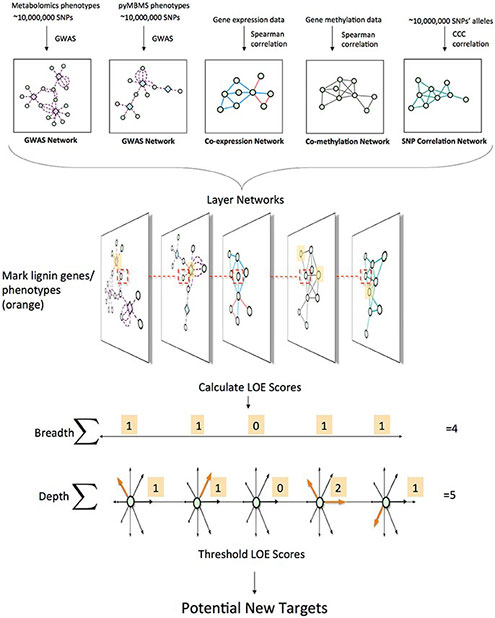
Systems biology leads the way to exascale computing on Summit supercomputer.
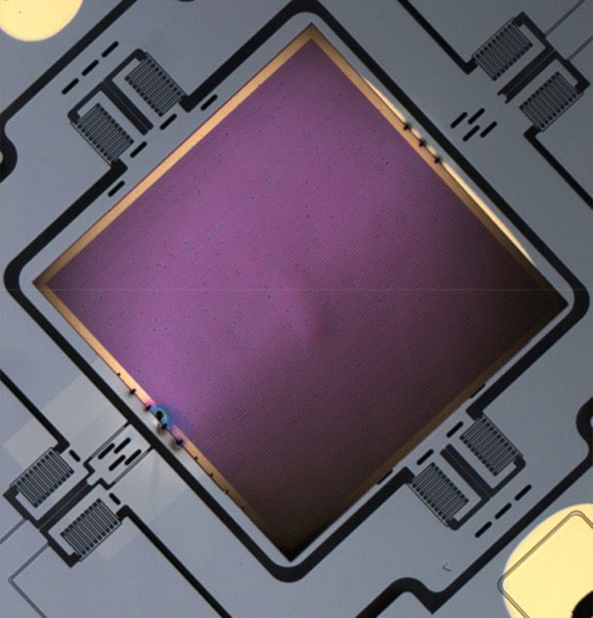
Scientists add active control to design capabilities for new lightweight flat optical devices.
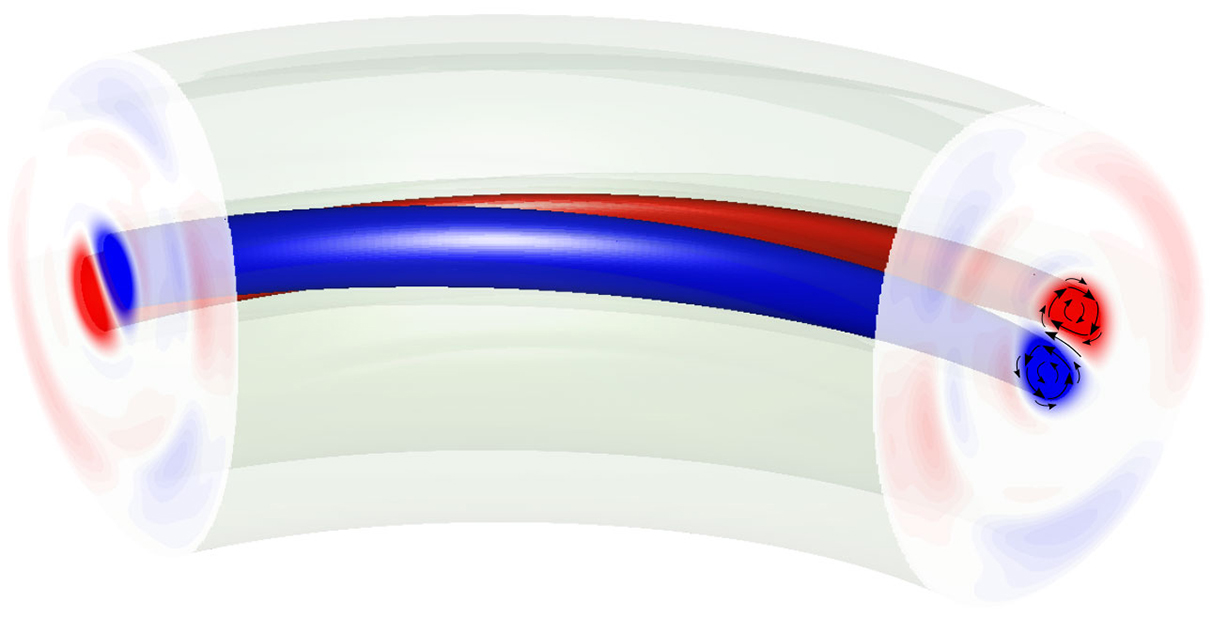
A mysterious mechanism that prevents instabilities may be similar to the process that maintains the Earth's magnetic field.
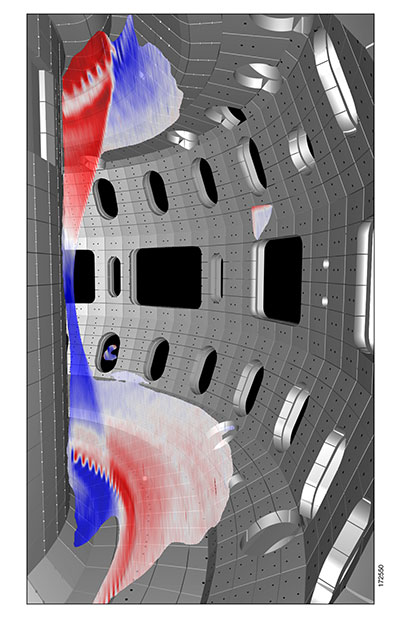
2-D velocity imaging helps fusion researchers understand the role of ion winds (aka flows) in the boundary of tokamak plasmas.
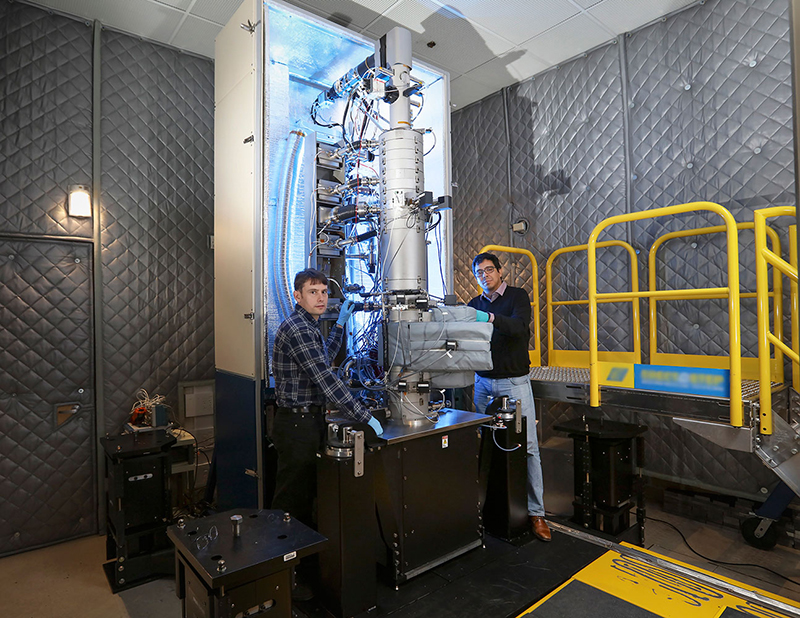
New spectroscopic technique measures heat in itty-bitty volumes that could reveal insights for electronics and energy technology.
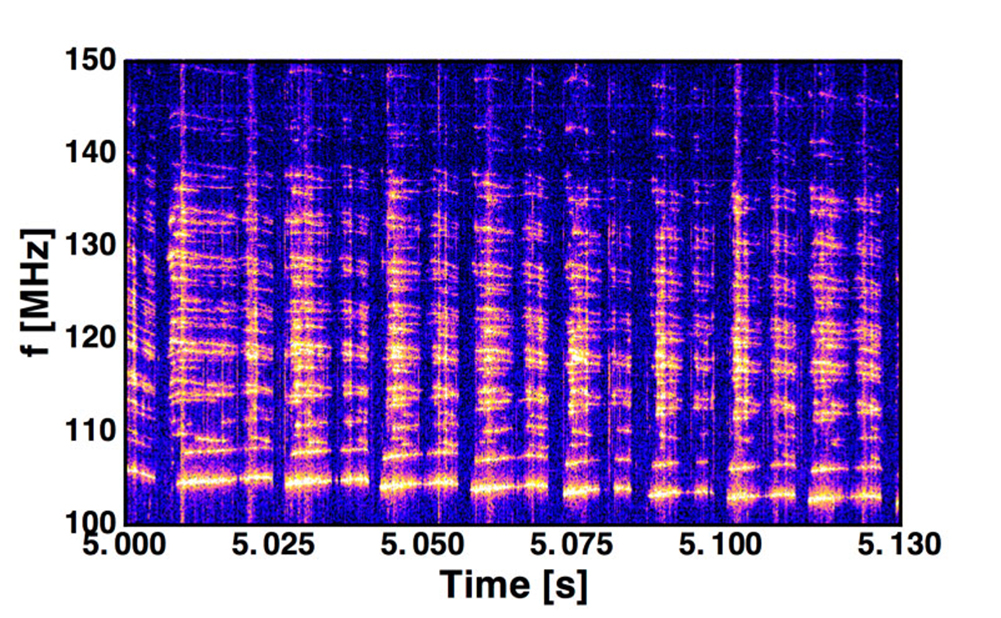
Just like lightning, fusion plasmas contain odd electromagnetic whistler waves that could control destructive electrons in fusion reactors.
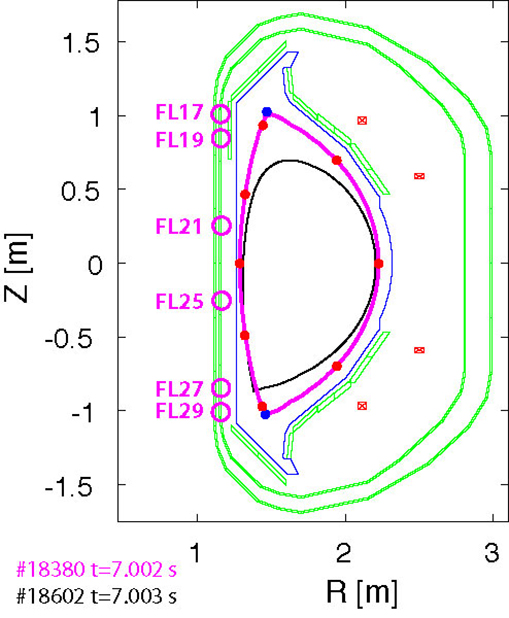
Plasma physicists significantly improve the vertical stability of a Korean fusion device.
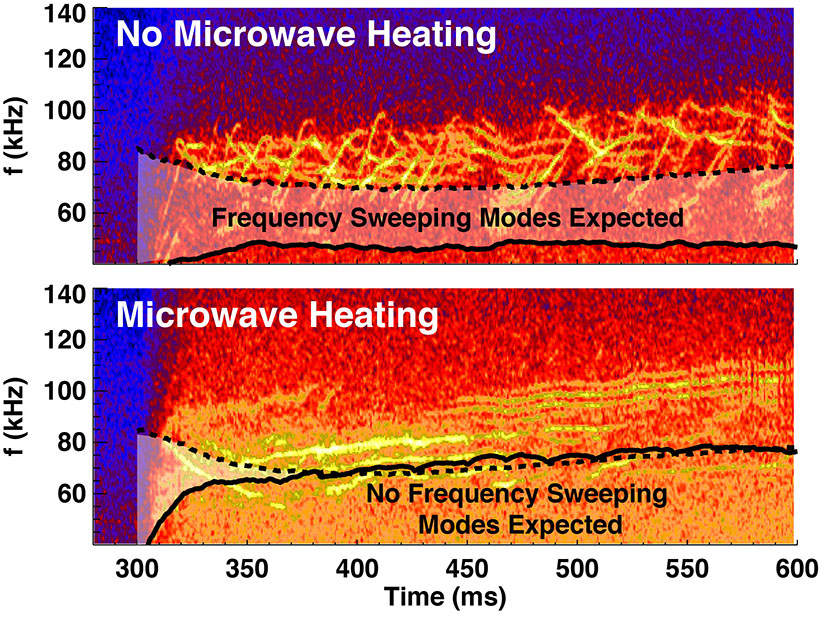
Microwave heating significantly alters Alfvén waves, offering insights into the physics of the waves themselves.
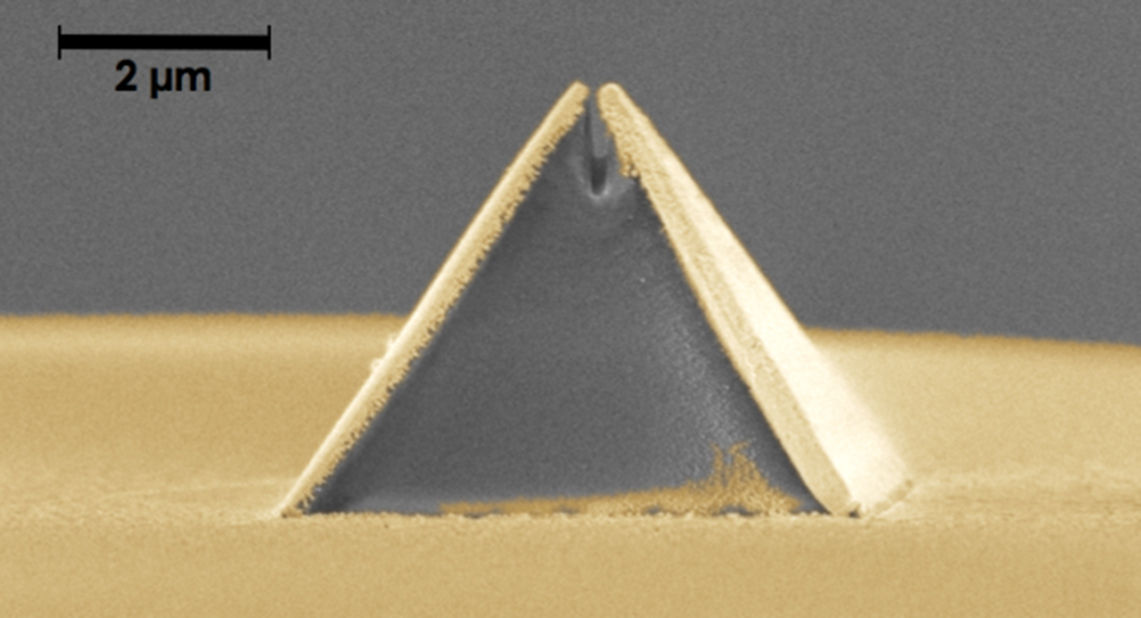
The Molecular Foundry and aBeam Technologies bring mass fabrication to nano-optical devices.